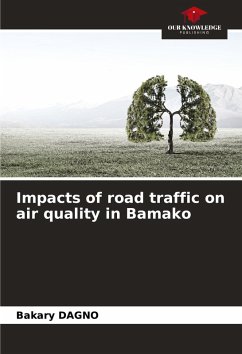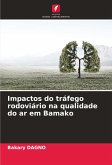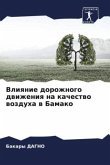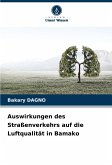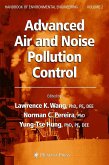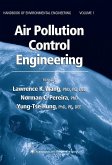In Bamako, awareness of air pollution is increasingly visible. Population growth, increased demand for outdated means of transport and the use of highly sulfurous fuels, combined with poor organization of urban space, the degraded state of road infrastructure and the absence of standards setting thresholds to be exceeded, are leading to a significant increase in air pollution in the The main objective of the study is to analyze the impacts of highway traffic on air quality in Bamako. The methodological approach consisted of reviewing the literature, developing questionnaires and interview guides. Simple random sampling was used. The study allowed us to have the following results: PM10 and PM2.5 are dominant air pollutants. Sulfur dioxide is also present in the air in January and nitrogen dioxide as well, in insufficient quantities during the months of January, May and August, but very high in April.
Bitte wählen Sie Ihr Anliegen aus.
Rechnungen
Retourenschein anfordern
Bestellstatus
Storno

